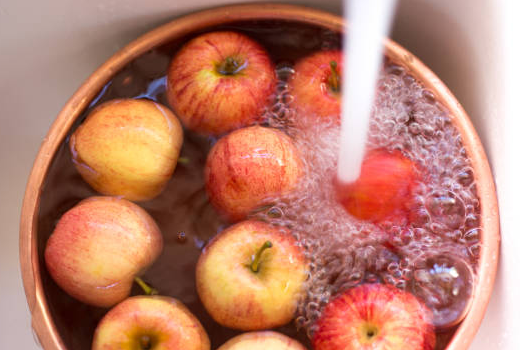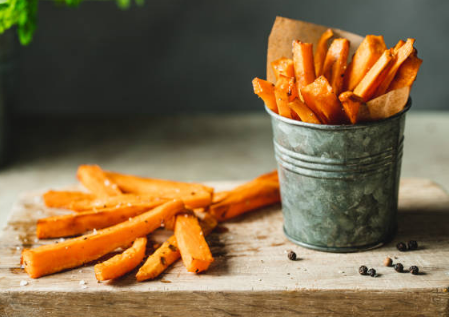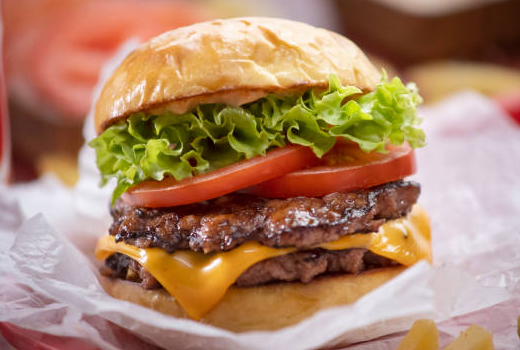Here’s How Science Suggests You Clean Apples to Remove Dirt and Pesticides

Fisher Unsalted Preservatives Naturally Nuts: A Healthy and Nutritious Snacking Option
February 28, 2025
Kellogg’s Fruity Snacks: The Ultimate Gluten-Free Treat for Fruit Lovers
March 6, 2025Whether you’re picking apples from your backyard tree, an orchard, a farmer’s market, or the grocery store, one of the most crucial steps before eating or cooking with them is ensuring they’re free of dirt and as many pesticides as possible.
While you’re finding and storing your favorite apple varieties, our guide on how to pick and store apples might come in handy. And when you’re ready to enjoy them, here’s how to slice and freeze apples to keep them fresh and delicious. But between storing and slicing, always consider how to wash your apples.
Yes, we know that might sound simple. Just rinse apples under cold water, right? Not so fast. There’s actually a better way to wash apples (and it doesn’t involve produce wash).

Why You Should Wash Apples
Before consuming any produce—even those with peels like bananas—the FDA recommends thoroughly washing it under cold water to remove dirt, any existing bacteria, and to rinse off as much fungicide and pesticide residue as possible.
Apples from the supermarket might look shiny and spotless, but when the Environmental Working Group (EWG) tested raw apples, they found that these apples were coated, on average, with four different pesticides.
If you’re concerned about pesticide and fungicide residues on apples, you can additionally peel the skin before eating. However, this doesn’t mean you can skip washing the fruit. Always wash apples before peeling them, because if you don’t, your peeler or knife will transfer contaminants from the apple’s surface into the flesh.
After comparing plain tap water, other solutions, and a baking soda soak, researchers discovered that the method our test kitchen commonly uses to wash apples—with water and baking soda—is the most effective way to remove the majority of pesticide residues.
Keep in mind that a small amount of pesticides will permeate the outermost layer of the apple’s flesh, so even if you peel it, you’ll still consume a tiny bit. Plus, if you peel your apples, you’ll increase your food waste (composting is a great option!) and you’ll lose out on the vitamin A, potassium, fiber, and other healthy elements that are most concentrated in the apple skin.
How to Wash Apples
Step 1: Prepare the Baking Soda Mixture
In a large bowl, pour 2 cups of cold water and 1 teaspoon of baking soda (or, to allow enough room for the amount of apples you plan to snack on, cook with, or bake with, double or triple the amount). Stir well with a large spoon until combined.
Step 2: Soak
Add the apples and let them soak in the baking soda solution for 12 to 15 minutes.
Step 3: Scrub and Dry
Remove each apple from the soak with clean hands and rinse under cold water. Gently remove any residue from the skin using a vegetable brush or a clean cloth. Pat each apple dry with a clean cloth or paper towel.
Do Sliced Apples Need to Be Washed?
If you slice your apples at this point, there’s no need to wash them again before eating. However, according to our test kitchen trials, soaking apple slices in plain water or saltwater is one of the best ways to prevent them from browning.



